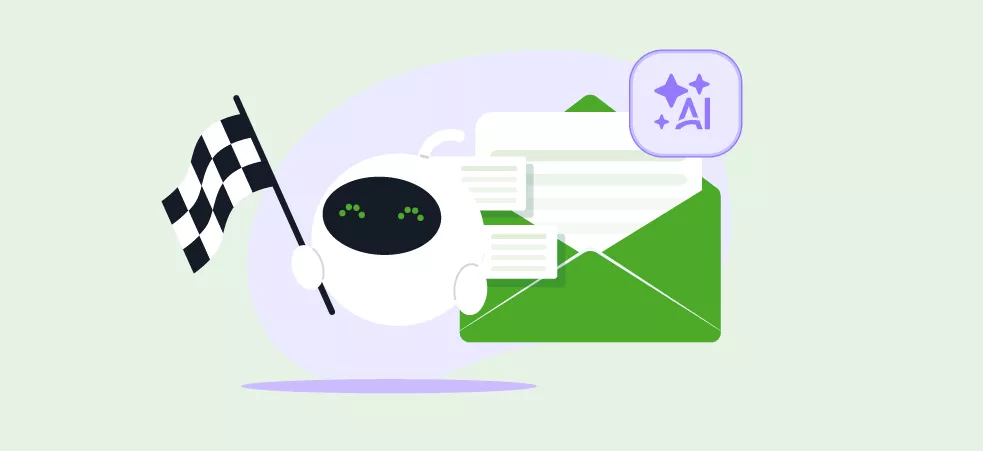The ready-to-use CRM for small businesses and startups.

The 6 Customer Service Techniques That Make for Happy Customers
Customer service techniques are in vogue.
And they are for 2 reasons:
According to numerous studies getting a new client is 6 to 7 times more expensive than keeping one.

In the midst of the current crisis, teleworking has become the norm and customer service is being upgraded at a rapid pace.
With this scenario in mind, it is normal that customer service techniques are in fashion, and so in this article we are going to talk about the 6 most important ones in this area.
The 6 most important customer service techniques.
There are 6 techniques that, in my opinion, are essential:
- Prioritise speed over precision.
- Imitate your client's language.
- Use your product the way your customer uses it.
- Listen and repeat.
- Don't become a robot with the templates.
- Use a CRM
Prioritising speed over precision.
Working in customer service is very stressful:
- The tickets are piled up.
- The seconds are added up in the queues.
- People who arrive with problems are usually not very happy.
- Etc. …
To make matters worse in many departments, performance is measured by the number of tickets handled per day or some similar volume metric.
In the midst of this scenario, it is very easy to prioritize closing tickets faster than actually solving the problem for the customer. And that is a mistake.
The first technique is compulsory: taking the time necessary for each problem.
As in the story of the tortoise and the hare, it is not the one who runs the most who wins, but the one who keeps the right pace all the time.
Imitate your client's language.
We often forget that what's on the other side are flesh and blood people.
Some of these people (less and less) like to be treated as you and others do not.
The best way not to make a mistake is not to follow predetermined business rules, but to adapt to your client's vocabulary.
If it makes any cracks, you can too.
So, always with a lot of care not to go too far.
Use your product the way your customer uses it.
Many customer service departments are either not users of their own product or use it differently from customers.
And so it is impossible to empathise.
If your work does not require you to actively use your service or product, do so nevertheless in your working day and in your free time if possible.
It's very frustrating when a customer needs to import contacts into a software and in customer service you only help them with vagueness because they never have to do it themselves. That is why an effective and direct customer orientation is key.
Listen and repeat.
Many times we think we have understood a problem when we really haven't.
Needless to say, this is problematic.
The way to avoid this is the sea of simplicity:
- First of all, listen to your client without interrupting him.
- Then, if you have any doubts or you don't understand something, ask him.
- Finally, when you think you have understood the problem, repeat it to him so that he can confirm that this is the case.
It is a simple technique but one that guarantees a very high level of understanding of any client's problems.
Don't become a robot with the templates.
In all areas where there is a lot of interaction with the customer, especially in sales and customer service, sales pitchs are very useful.
The advantage of these sales tools is that they allow you to optimise specific conversation steps, accumulate know-how in the department and facilitate employee onboarding.
However, if you use them too strictly, you can end up becoming a robot.
And when you work in customer service, this is a sin.
Use the best of these templates, but don't lose your coolness and skip them when necessary.
And finally, it uses a CRM.
You may seem interested, because in the end, we sell one, but if you only use one idea from this article, let it be this one.
A CRM allows you to give quality support to many people without the need for an army of people in the customer service department.
If you want to try a CRM, for us the best is efficy.
Not for nothing do we have 4,500 customers in 33 countries.
And you can try it now.
Learn more about:






